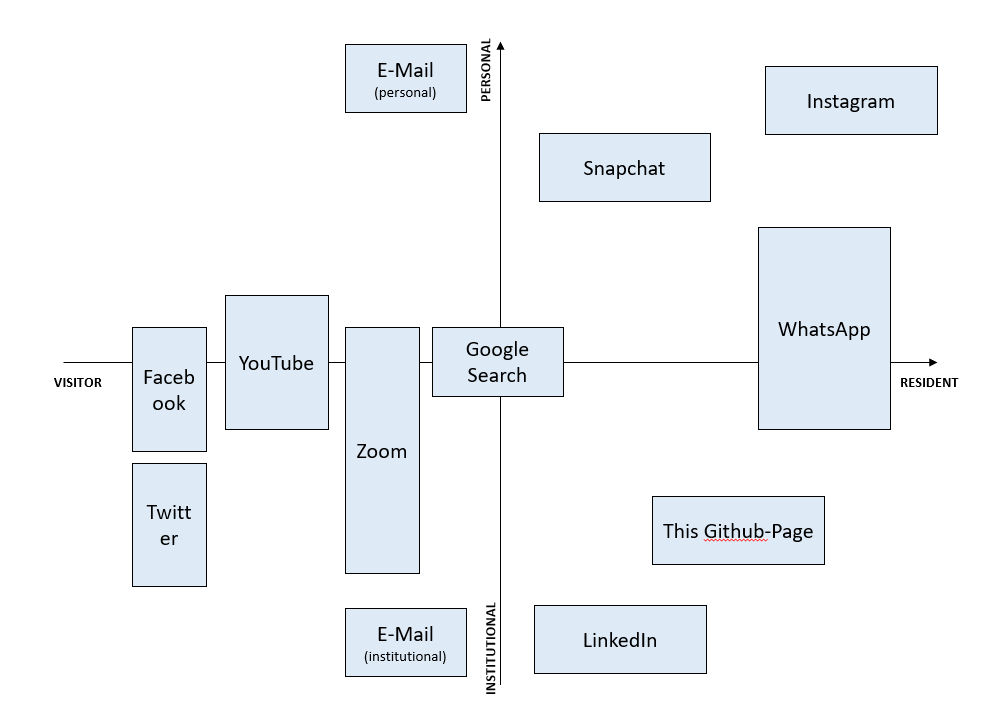Step 0 - Introduction & Foundations
Again, welcome to my webpage! Thank you for your interest in the connection between Digital Identities and Existential Risks. Before we dive straight into the topic, we should first lay some foundations, that are essential for further and deeper understanding. I can recommend two short videos on YouTube for this, which I will also summarise briefly in each case - don’t worry ;).
Video 1 - Generations X, Y and Z

Generational location = “meaning that all members of a generation share a similar collective experience”, years are just approximately
There are currently 5 generations:
- “The Silent Generation”: who were born before 1945
- Worldwars, great depression, etc.
- “Always respect your elders”
- Baby Boomers: born between 1946 and 1964
- Vietnam war, cold war, civil rights movement, moon landing, …
- Generation X: born between 1965 and 1979
- Use of computers, musicvideos
- Millennials / Gen Y: born between 1980 and 1995
- Technological improvements
- Centennials / Gen Z: born from 1996 to the present
- Collaborations, digital devices
- Most similarities with millennials
Communication has changed: everything online happens pretty much instantaneously
Video 2 - Visitor-Resident Concept

This video is all about digital technology. If you compare the current generation with all previous ones, it is noticeable that the current one is the only one that naturally grew up with digital technologies. Everyone else is not a “native speaker” and must first learn how to use such technologies as a “second language”.
The visitor/resident concept is also introduced and explained. I have linked a more detailed video on this concept for you here (https://youtu.be/MSK1Iw1XtwQ), as this represents a fundamental idea for digital identities.
In this model, a horizontal distinction can be made between visitors and residents.
- visitors: collection of tools, getting a job done, “toolbox”, use it and put it back
- search information, use information, go offline again
- no social trace of ourselves
- e.g. booking a hotel
- residents: series of spaces / places
- to be present
- engagement, leaves social trace after going offline
- e.g. photos, blogposts -> linked to our identity
If this model is extended by a vertical axis, a distinction can also be made with regard to the purpose: institutional vs. personal.
To show you the whole concept a little more practically, I have created my personal VR map here. To do this, I first considered which digital services I am using and then entered them into the model.

Whatsapp, for example, is on the far right for me, i.e. at the end of the resident area, because I leave a trace of myself in the chats here in a certain way. I use it mainly for personal purposes, but also occasionally for professional purposes, hence the classification in both areas. I only use LinkedIn for professional purposes, hence the classification at the bottom. Since I also present myself on this platform - not as strongly as on Instagram, but still noticeable - I place LinkedIn in the resident sector.
Unlike me, the services usually end up either in the lower left or upper right sector, e.g. here: BILD
Feel free to think about your own personal VR map!